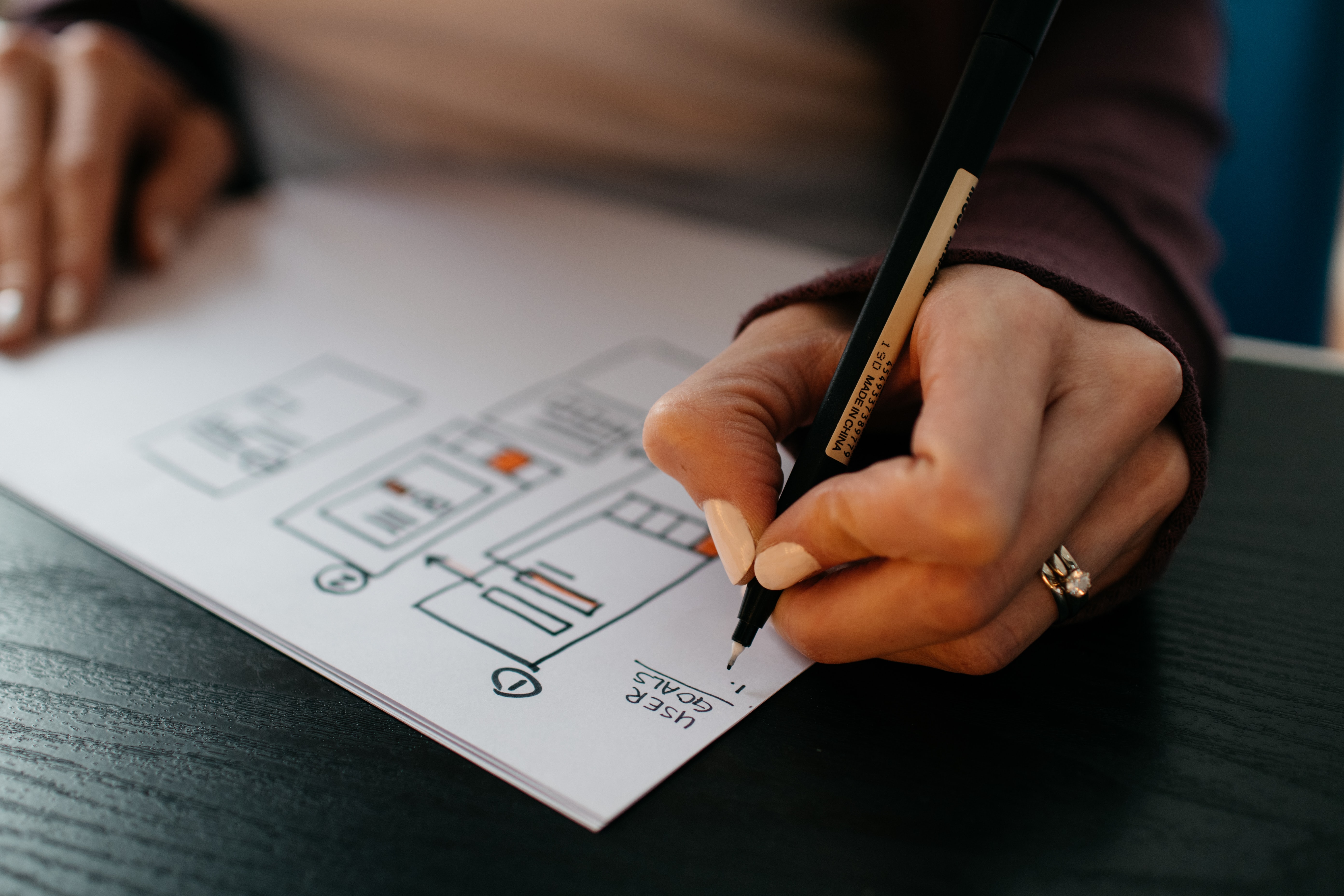
How to build an app – walk before you run
 By Katie Te Nahu Owen
By Katie Te Nahu Owen
Before you can start building an app, you need to ‘build the foundations’. This means carefully defining your aims before you start development.
Take the first steps
First, you need to validate your business case and develop a business model. We talked about this in “So you’ve got an idea, now what?”.
When you have a clear goal, define what your minimum viable product (MVP) will be. An MVP is achieved through the minimum amount of work needed to create the biggest impact for an organisation. To find out more about MVPs, have a look at “Why we recommend a Minimum Viable Product (MVP) approach”.
Create your user flow
You then need to create the ‘user flow’, or the path users will take through your app. It can be useful at this point to create sticky notes for each screen and experiment with how you place them. This can help you visualise what you want and realise what you might not have thought of.
For example, the user flow for an app that catalogues books might look like this:
- log in
- see a list of your books
- click the ‘add book’ button
- fill in the details to add a new book
- see the new book in your list of books
Flesh out your ideas
The next step is to create physical sketches and digital wireframes that roughly demonstrate how the app will work. Wireframes are ‘bare bones’ mockups of the finished app. This step helps you set up the app’s hierarchy — how the parts relate to each other. This is also an ideal time in the process to gather feedback from colleagues, because you can make changes before you’ve gone too far on a particular path. You can then create more detailed visual designs, and share these for feedback.
If you need it, create a proof of concept
This is a non-functional prototype that allows you to click through the app and see how it looks and feels. This can be useful to get everyone on the same page when a large number of stakeholders are involved. It can even function as a ‘sanity check’ on the whole project.
Once you’ve ticked off these stages, you can start developing your app.
Want to find out more about how defining your aims could improve your app development process?